Tuscany may not be the first region that comes to mind when you think about orange wine. Its rolling hills spotted with olive trees and castles lined with pointed cypresses are known best for their classic reds—centuries-old chianti and brunello, and the more recent Super Tuscans—but not for experimental, macerated white wines that challenge expectations and create buzz. But in pockets of Tuscany’s lesser known wine denominations there are producers creating unique orange wines with native grapes, resulting in some very interesting alternatives to the region’s quintessential offerings.
The making of orange wine in Tuscany is part of a bigger movement worldwide; it’s a revival of an age-old winemaking technique—macerating white grapes with their skins and treating white grapes as they would red ones. White wine is typically made by pressing the grapes, separating the juice from skins, and then fermenting the juice. But so-called “orange wine” (also referred to as amber, ramato, macerated, or skin-contact wines) is made by letting the juice and skins ferment together, creating wine that Marco Lami, sommelier of the Four Seasons in Florence, describes as having, “Bigger body, a more complex flavor profile, tannins that you would expect from a red wine and a colour that can range from gold to rust.”
The making of orange wines in Italy originated in the region of Friuli in the northeast, with more winemakers throughout the peninsula embracing it as the movement gained traction, including in Tuscany. “When you are in the most known but least understood region of Italian winemaking, and care about a better life, going back to the ancient winemaking style comes naturally,” says Rome-based sommelier and wine teacher, Hande Leimer.
It’s a winemaking technique that goes hand in hand with “minimal intervention.” In other words, continues Lami, “Any form of what is known as ‘natural’ winemaking, such as using wild yeast for fermentation, no temperature control, and little or no sulphur.”
For the adventurous, the open-minded, and the curious, orange wines have a lot to give. Because of their hybrid nature—not white, not red, but in a way, both—displaying the acidity and fruit of whites and the tannins and body of reds—they are extremely versatile when pairing with food. From hearty bean and farro soups and bistecca alla fiorentina to seafood stews from the coast to delicate truffles, orange wine has its place on the Tuscan table.
Lami, a Tuscan native and orange wine enthusiast, is also a great promoter of local, minimal intervention wine. “Tuscany is suited for orange wines for its range of white grapes varietals, such as Tuscan Trebbiano or Malvasia Bianca, which would otherwise end up being turned into very simple white wines with no real chance of being upheld at the same level of quality as the famous reds,” says Lami. He points to the following as examples of quality orange wines being made in three diverse areas of Tuscany.

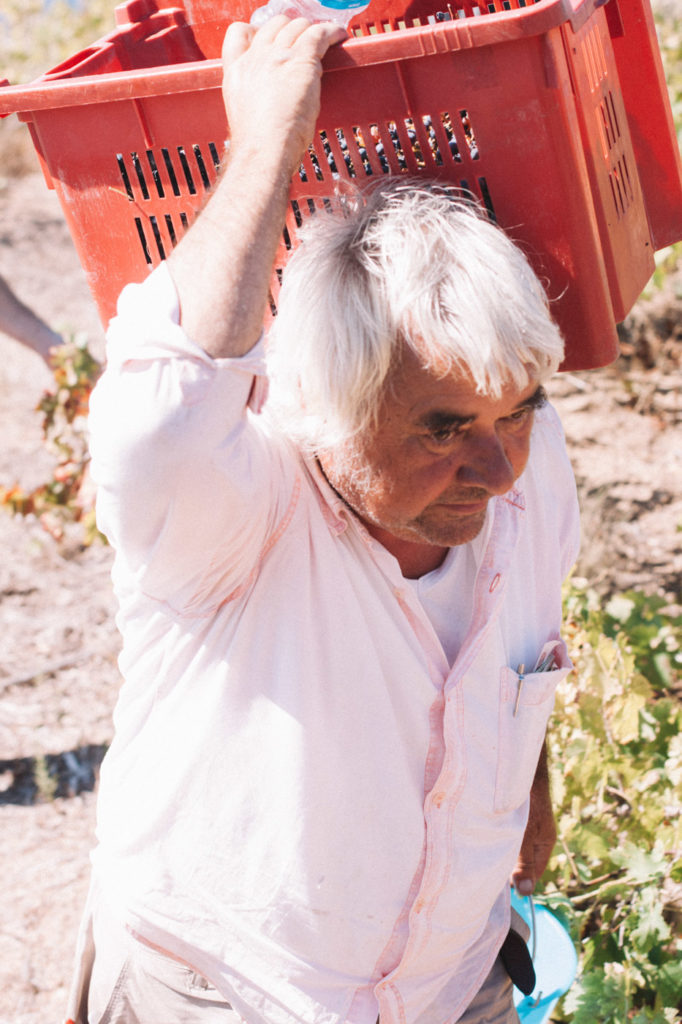
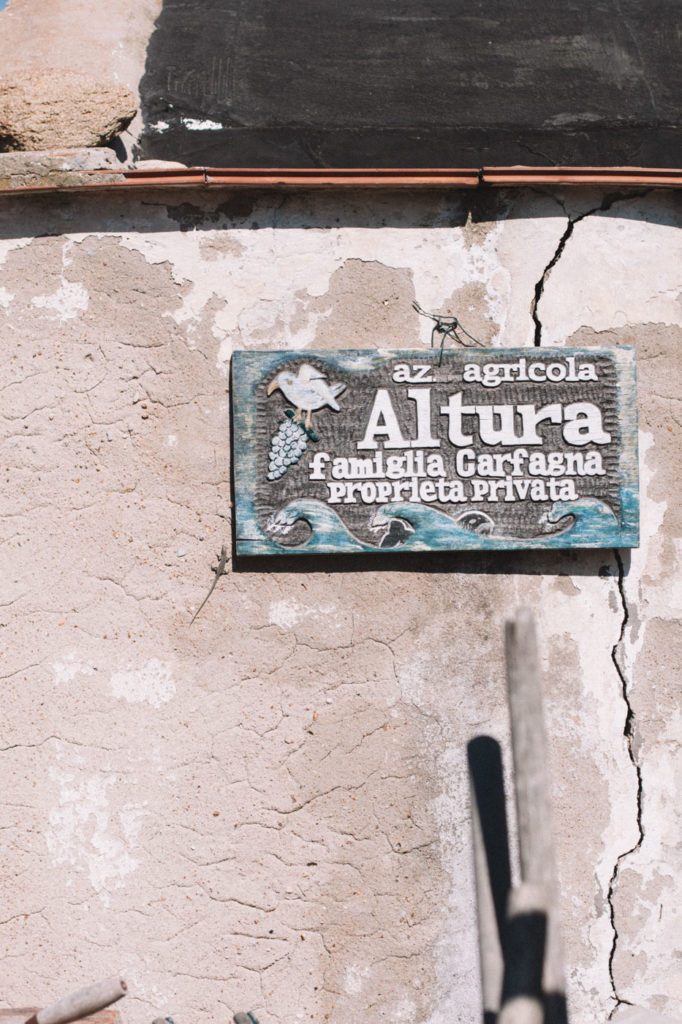

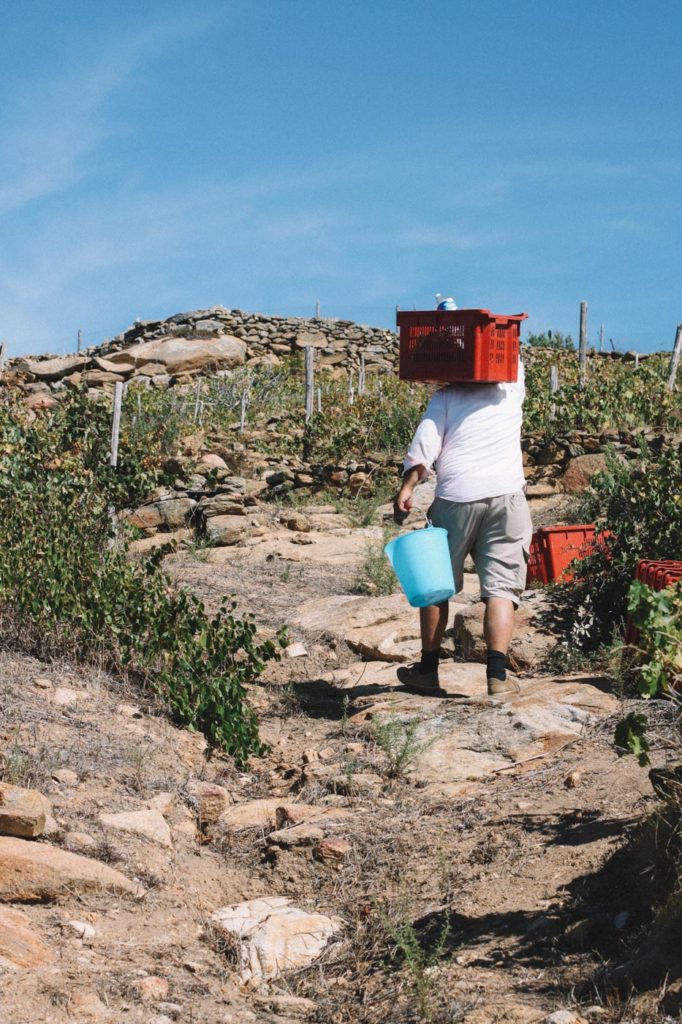
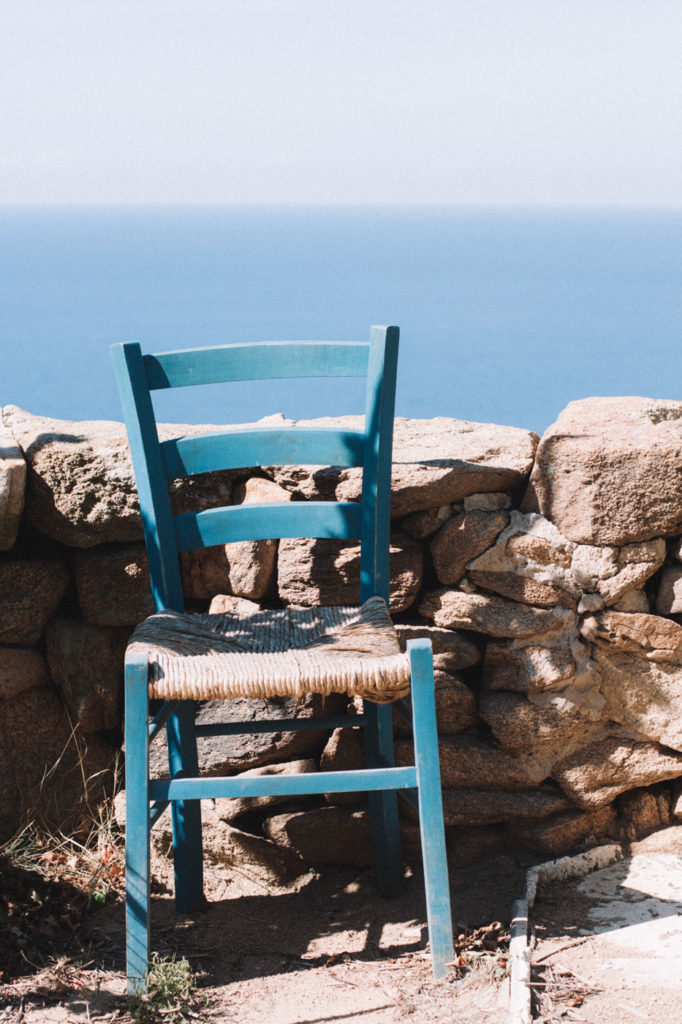

Vigneto Altura, Ansonaco Bianco IGT, Giglio Island
Mathematics professor-turned-winemaker Francesco Carfagna found an abandoned vineyard perched on the secluded southern tip of Giglio Island and restored it by hand himself. Here, Giglio’s native ansonaco grape (also known as ansonica or insolia) rambles across the ground in tangles on a cliffside that seemingly drops into the sea. Carfagna uses no chemicals in the vineyard at all, the grapes are hand-picked and carried to the winery in small crates where they are destemmed, pressed, and left to macerate for about a week. With a deep amber tone, the wine is tannic like black tea, with hints of stone fruit, and there’s a savory, salty note reminiscent of the Tyrrhenian sea that the grapes grow so close to. When it comes to drinking it, it’s a wine Lami says to treat as a red—you don’t need to chill it. “It’s elegant and powerful at the same time,” he explains, making it a fine accompaniment to both local seafood and red meat.
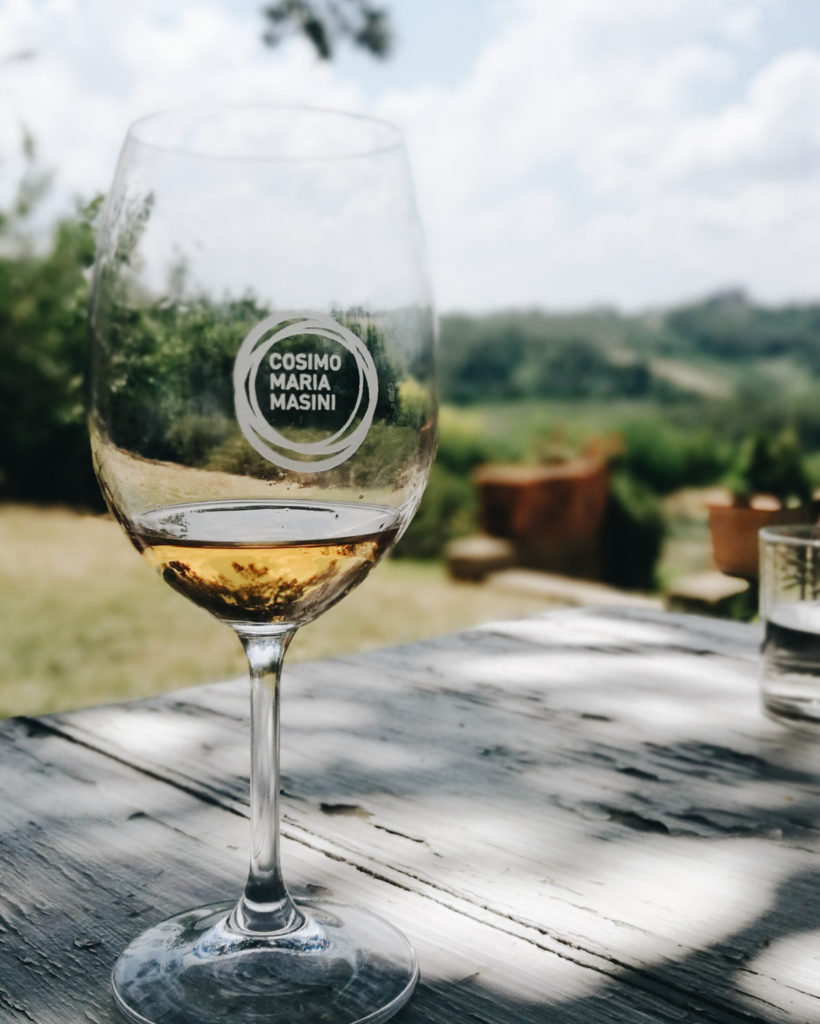

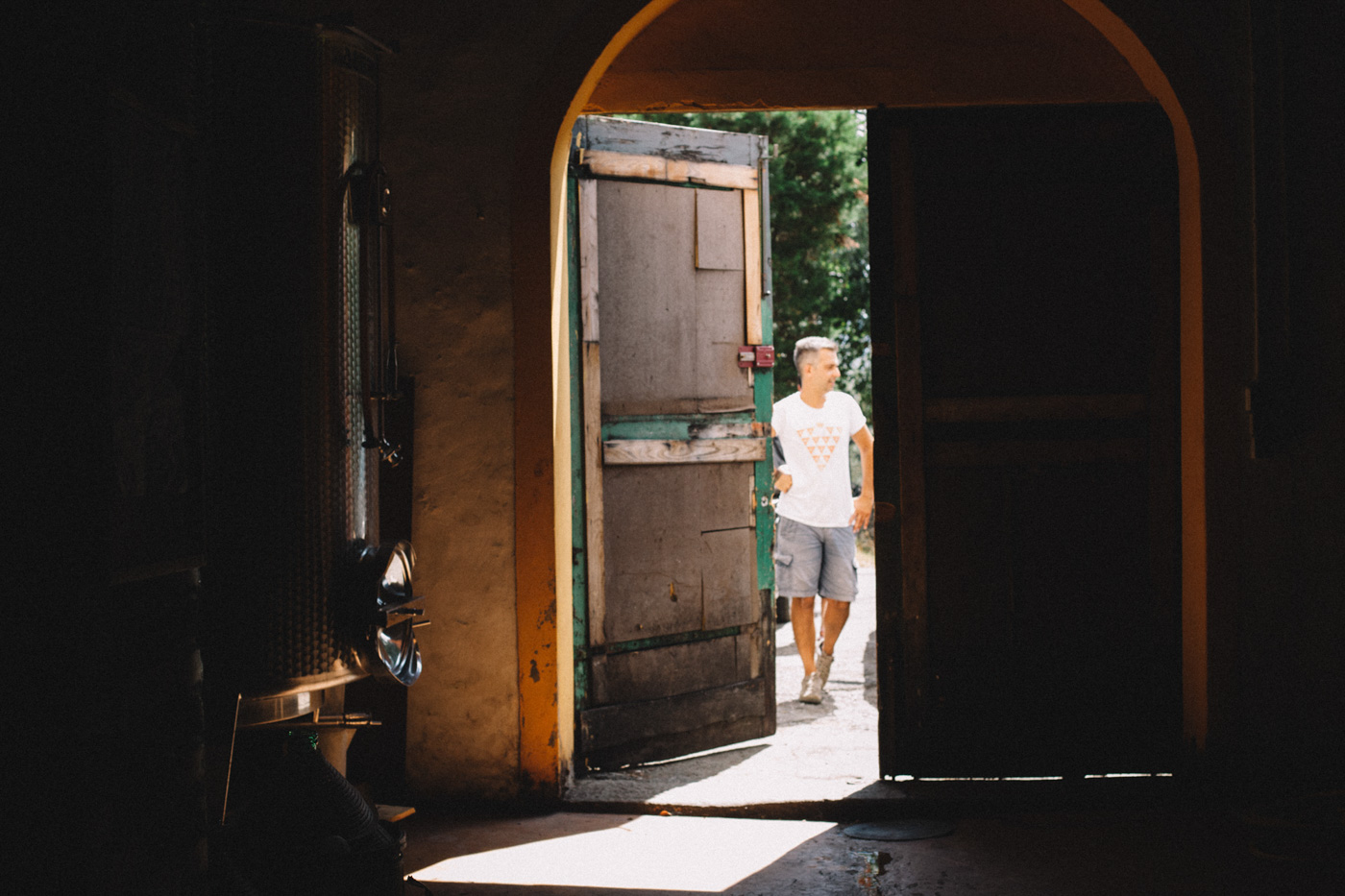
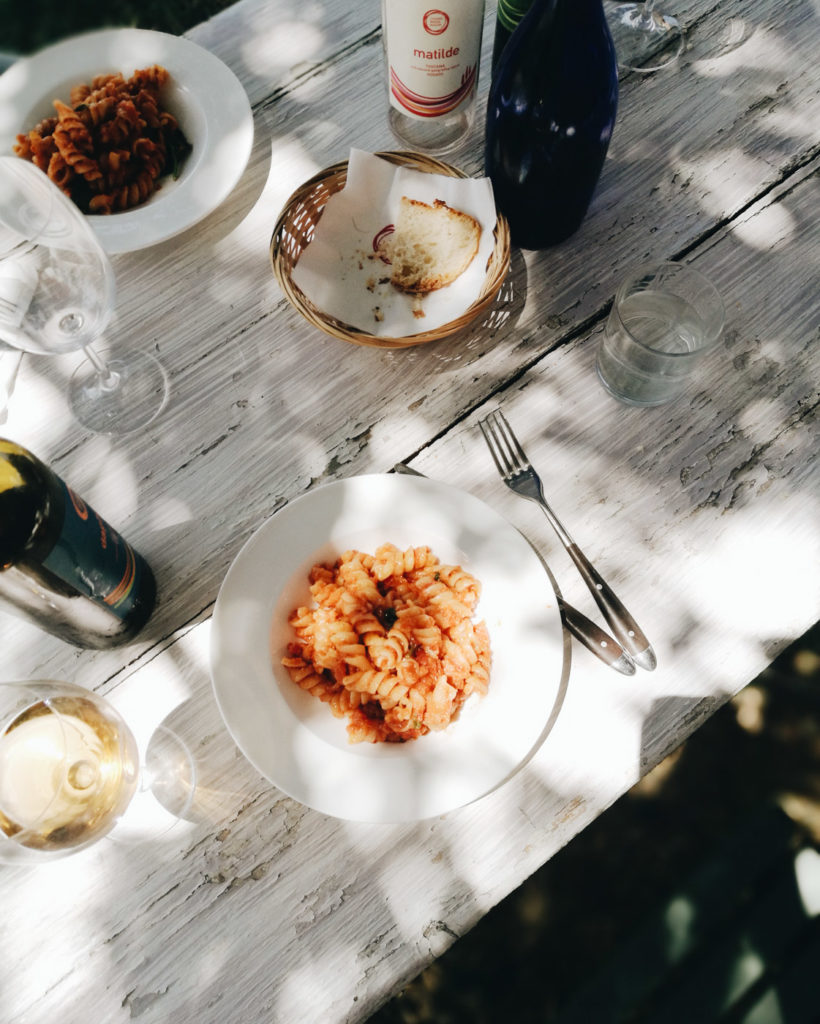
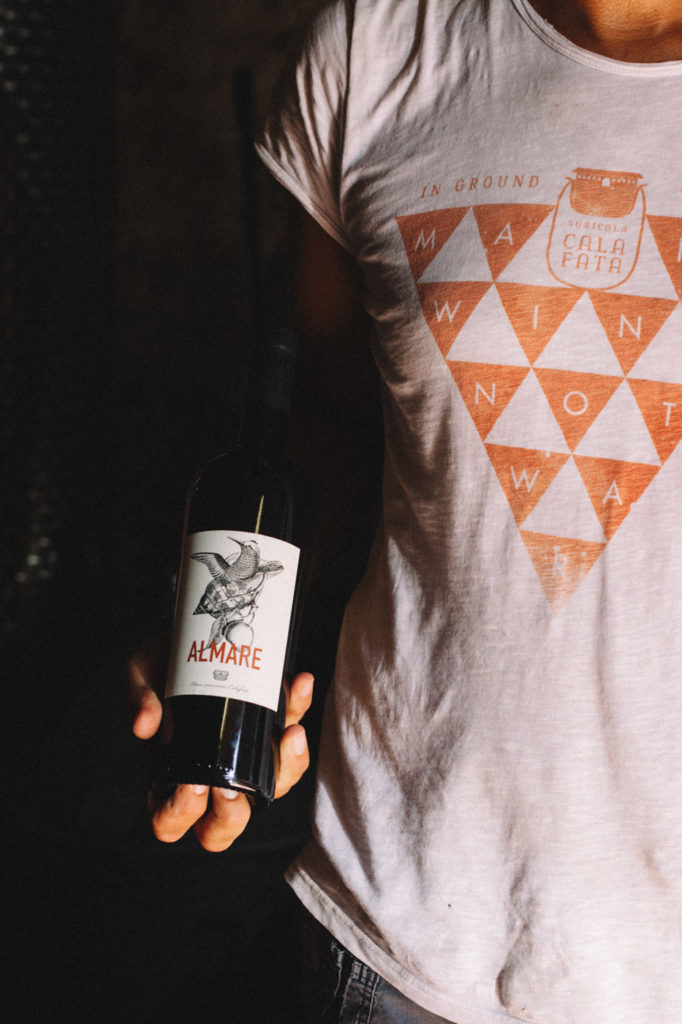
Daphné IGT Bianco Toscano, Cosimo Maria Masini, San Miniato
This picturesque winery in the Pisan hills near San Miniato, halfway between Florence and Pisa, is one committed to biodynamic practices with winemaker Francesco de Filippis at the helm. His orange wine, Daphné, is made with eighty percent Trebbiano grapes and twenty percent Malvasia Bianca grapes. After a late harvest (the Trebbiano grape ripens later than usual) the hand-picked grapes are macerated for five days before being fermented in Barrique and Tonneau barrels. De Filippis does the absolute minimum, adding no selected yeasts or other chemicals and leaving the wine unfiltered. It’s a complex, fine, golden-hued wine with delicate notes of herbs and pears that make it ideal for serving with San Miniato’s most treasured food item: white truffles. It is ideal with Asian food too. Lami suggests trying it with Thai-style flavors, while De Filippis goes for an Indian curry.
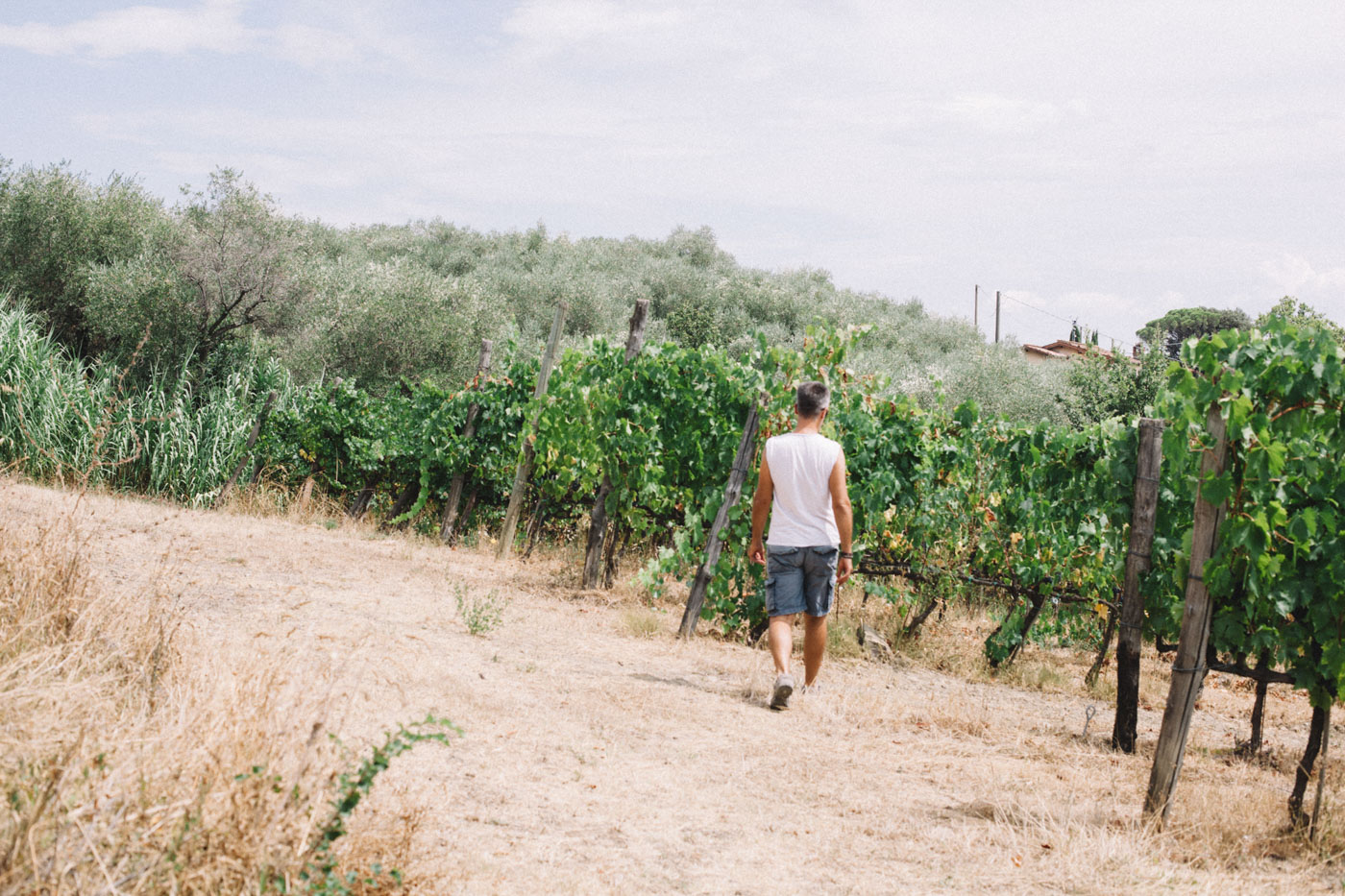
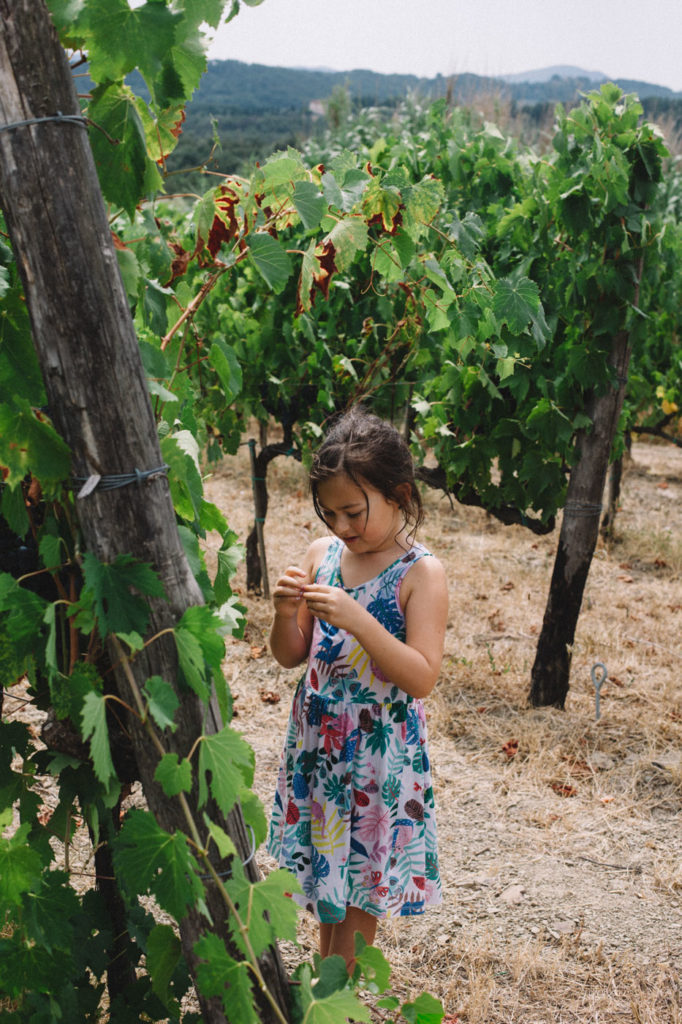
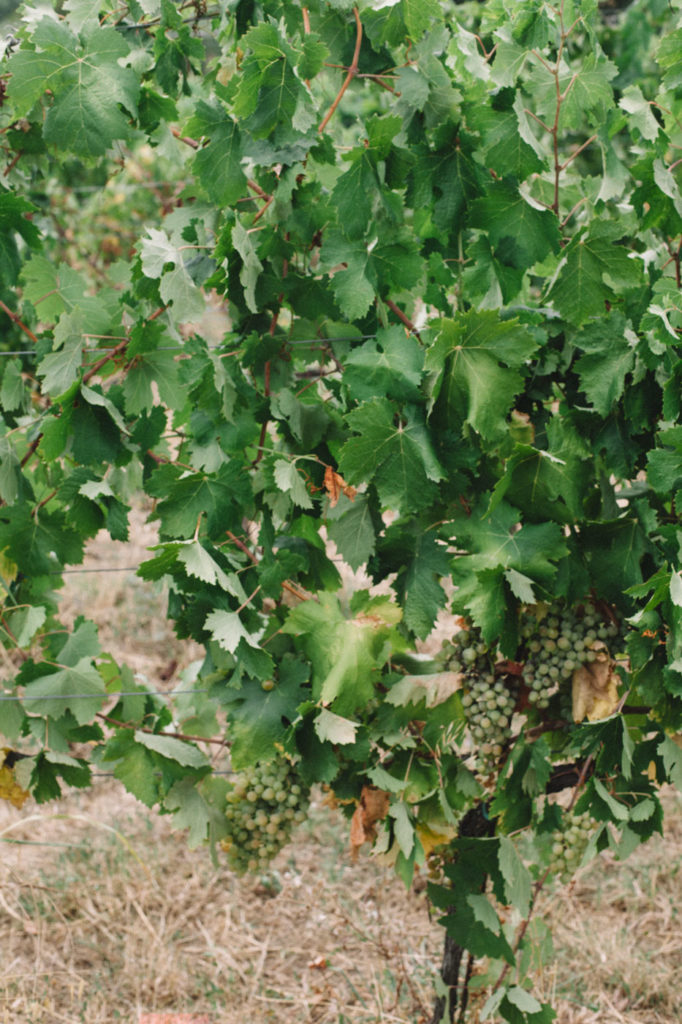
Almare IGT Toscana Bianco, Calafata, Lucca
Not far from the walled medieval town of Lucca are the vineyards of the social cooperative Calafata, which produces not only wine but olive oil, honey, and fresh vegetables as well—all of it biodynamic. Sitting strategically on a slope that receives a sea breeze surrounded by a landscape of great diversity (quite unlike the usual monocultural wine areas), it is the perfect spot for an environmentally conscious winemaking practice, where native and even forgotten grape varietals of the area are being cared for and brought back to life. Using eighty percent Trebbiano and twenty percent Malvasia and Vermentino grapes macerated with skins for twenty days, Mauro Montanaro produces Almare, an orange wine with “a shy fruit,” as Lami says. A decidedly herbal, balsamic profile tickles at the back of your throat. It would go down well during a meal of pasta with wild mushrooms, followed by roast pork.





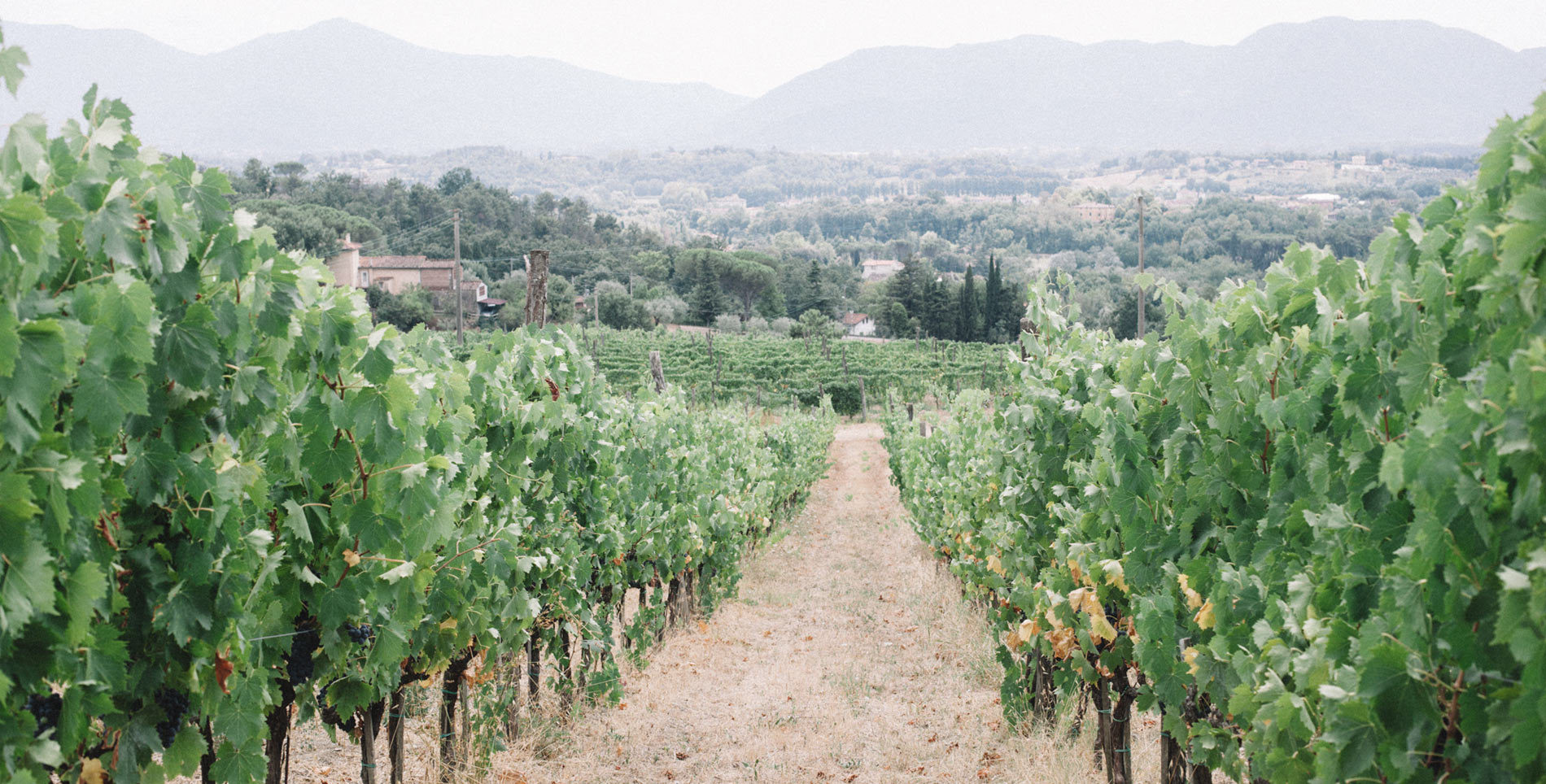

Our comments section is for members only.
Join today to gain exclusive access.